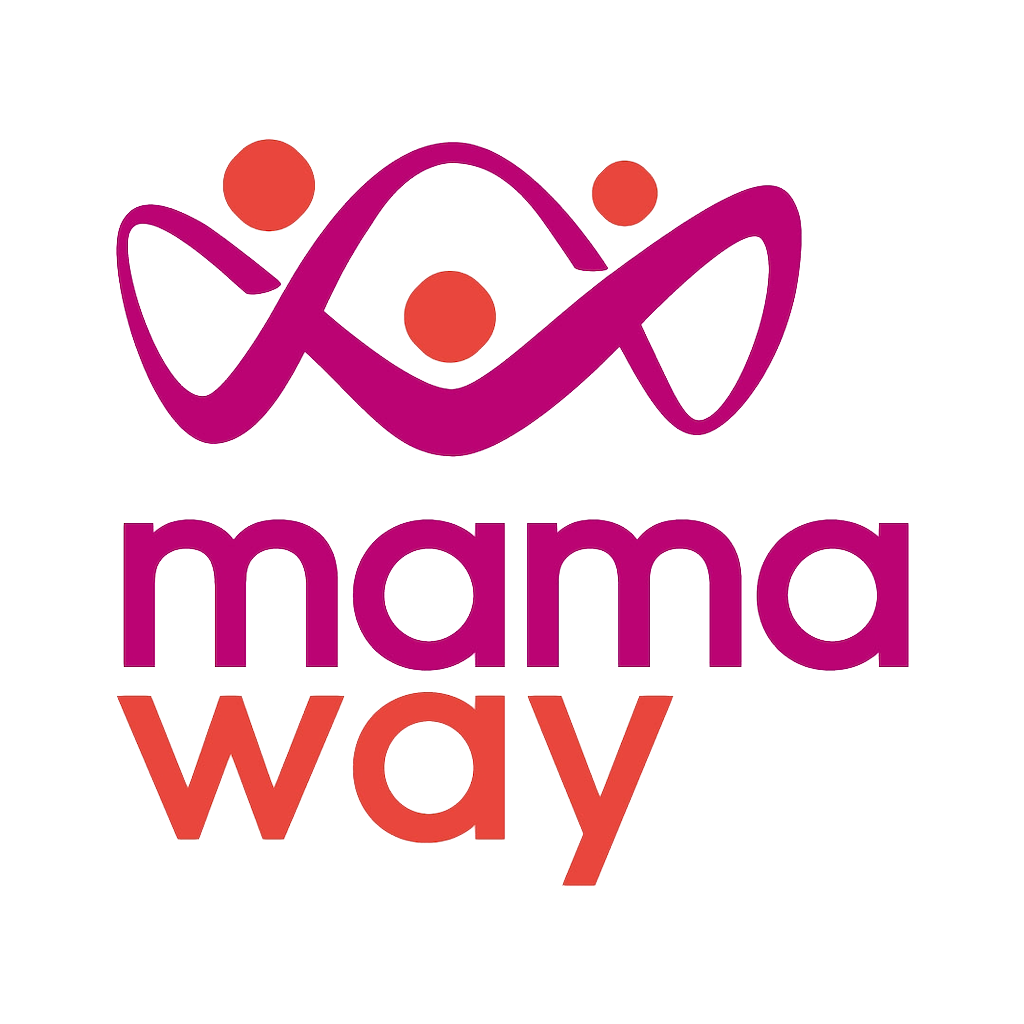Hypnobirthing has gained a lot of attention when rumor has it that Meghan Markle, Duchess of Sussex who gave birth last year included hypnobirthing in her birth plans. The concept was introduced by a Harvard University Ford Foundation fellow and a highly regarded hypnotherapist Marie Mickey Mongan back in 1991. Hypnobirthing is centralized on the practice of deep breathing, hypnosis, meditation and other techniques to ease labor pain and promise a smooth delivery.
How Hypnobirthing Works
During labor, many mums suffer from the “Fear-Tension-Pain Syndrome”, a term created by Mongan’s inspiration Dr. Dick-Read, where your muscle tenses up from fear and leads to pain, even more, fear, and the cycle goes on. Hypnobirthing teaches techniques that help your relaxation which is actually the most effective way to ease labor pain. Mums can use positive encouragement, suggestions, and visualization to soften their muscles and practice deep breathing to calm themselves down during labor. There can also be a hypnotherapist or a licensed doula on the side to guide you through relaxation.
The Benefits of Hypnobirthing
- Hypnobirthing provides a soothing power that helps you relax and relieve your stress.
- During hypnobirthing, you may find yourself less in fear and less anxious.
- Hypnobirthing helps with pain management. Unlike drugs, it eases pain in a natural way without adverse effects.
The Myths about Hypnosis
There are some common misunderstandings about the concept and practice of hypnosis. The most popular misconception is probably that people often think they lose control of their thoughts, body, and actions in a hypnotic state. However, hypnobirthing is actually used for focusing mums’ attention on positive thoughts and suggestions, rather than the external stimuli which bring a lot of discomforts that can be overwhelming. The encouragement and suggestions will help mums feel more relaxed, safer, and happier like having everything under control.
Key Takeaways:
- People who practice hypnosis will not be in deep sleep or lose their own consciousness.
- Your body will not be moving against your free will.
- You will not shut down the world around you and become unaware of your surroundings.
5 Things that Hypnobirthing Classes Teach
Hypnobirthing has been around for some time now, so it’s not hard to find resources or guidance on how to practice it. There are books, articles, and classes offered for hypnobirthing training. Here’s a glimpse of what you will be learning:
- How to get your baby into position: In order to safely pass through the birth canal, the baby’s head needs to be facing toward your pelvis and his/her body facing forwards. You may be learning about how to sit and stand upright or the yoga poses you can do to help promote this.
- Be active during labor: You don’t have to lie down in one place when your contraction starts. In fact, it is actually better for your circulation if you do some light movements in the room. There are some movements, hip circles for example, that specifically help with guiding your baby to the correct position for delivery.
- The wave theory: Your contractions will be coming as waves after waves during active labor. Mums can find themselves out of strength or even out of breath trying to fight those waves of pain. But tensing up your muscles will only make the pain worse, so learning about relaxing when those tides come at you is really important.
- How to breathe rhythmically: Learn how to take deep breaths! Having slow, stable, and rhythmic deep breathing will help you relax, reserve energy, and relieve stress. Yawning and sighing can also help boost your endorphin release and ease pain naturally.
- Pelvic floor exercises: Exerting force using the wrong muscles or on the wrong spot can often result in unwanted injuries. Those exercises can help you connect with your body more and understand how to exert your force the correct way. They will not only help lower the risk of muscle injury but also prevent any skin or muscle tearing.
If you are interested in including hypnosis in your birth plan, ask your doctor, the hospital, or a local birth center for a list of hypnotherapists that you can contact. You can also seek out hypnobirthing classes to master the techniques and determine if it is for you and your baby.


Leave a Reply